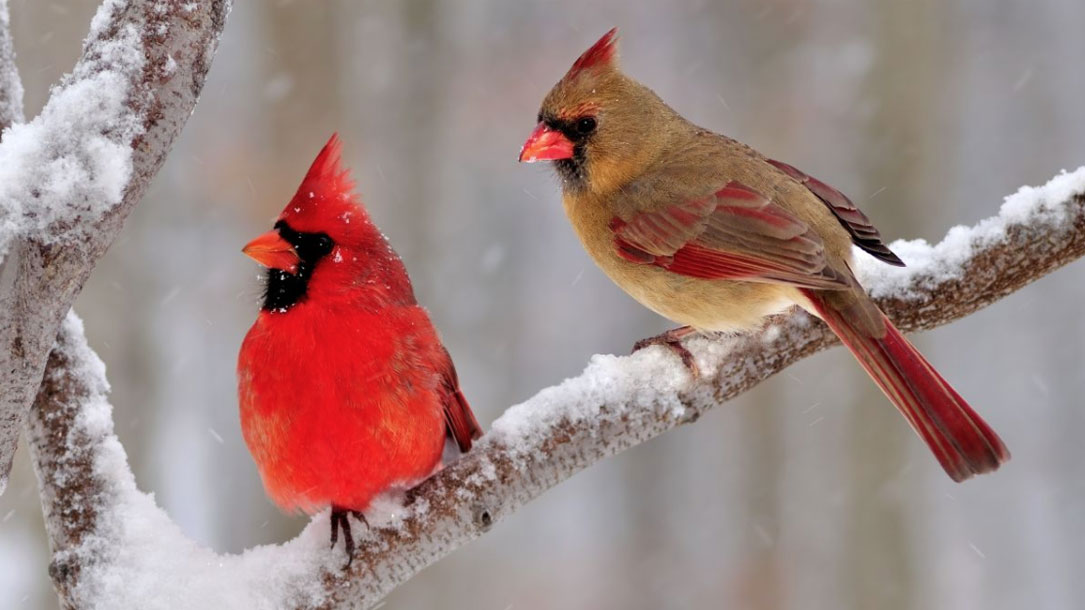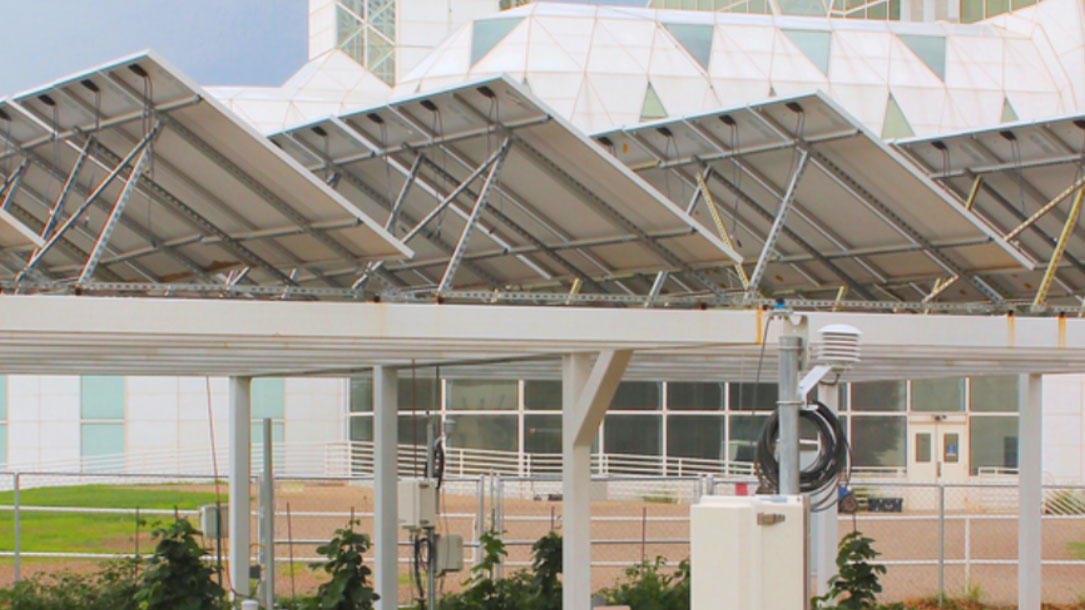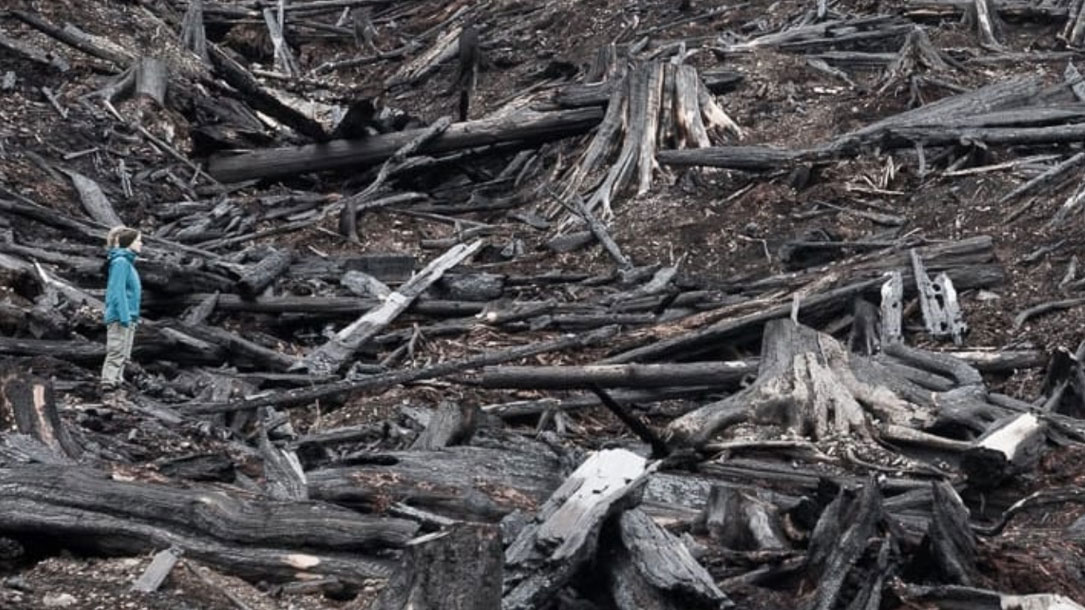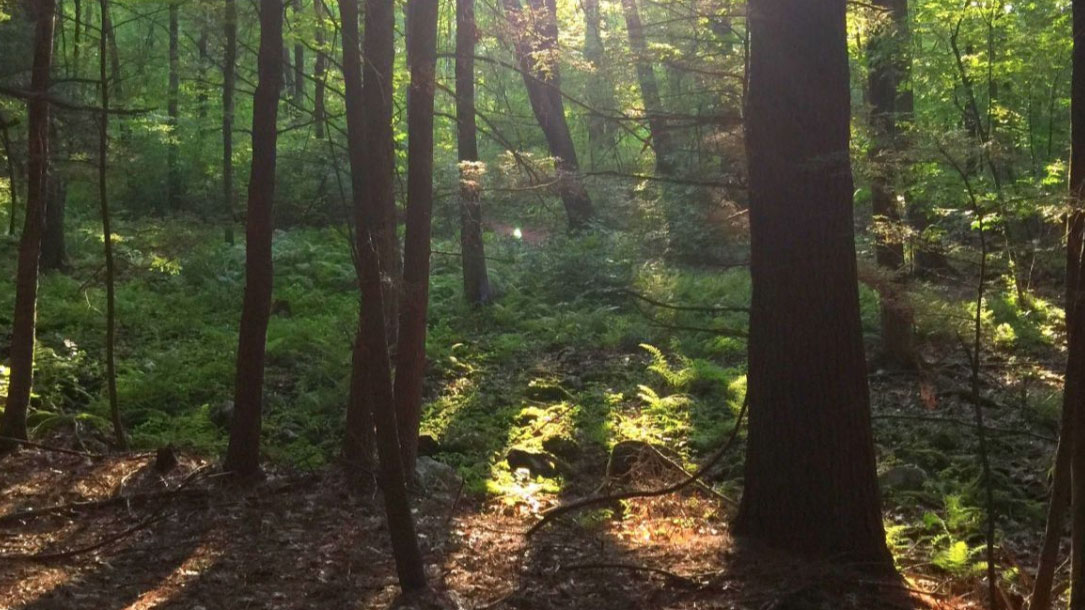Home > Climate News >

Republican and Democratic voters actually agree on many climate change fixes. So why no action?
As Australia burns and the Earth just ended the warmest decade on record, Democrats and Republicans disagree so sharply on climate change ideas that there’s no hope of working on the problem, right?
Actually, wrong. Despite all the squabbling, the majority of Americans—of all political parties—say climate change is real and agree on many things we need to do to fix it…

Facts versus feelings isn’t the way to think about communicating science
In a world where “post-truth” was 2016’s word of the year, many people are starting to doubt the efficacy of facts. Can science make sense of anti-science and post-truthism? More generally, how can we understand what drives people’s beliefs, decisions and behaviors?
Scientists have developed many theories to describe how people process and think about information. Unfortunately, there’s an increasing tendency to see people as creatures whose reasoning mechanisms are largely dependent on a narrow set of processes. For example, one popular theory suggests that if we just communicate more accurate information to people, their behavior will change accordingly. Another suggests that people will reject evidence if it threatens their deeply held cultural worldviews and associated feelings.

Humans are hardwired to dismiss facts that don’t fit their worldview
The interdisciplinary study of this phenomenon has exploded over just the last six or seven years. One thing has become clear: the failure of various groups to acknowledge the truth about, say, climate change, is not explained by a lack of information about the scientific consensus on the subject.
Instead, what strongly predicts denial of expertise on many controversial topics is simply one’s political persuasion…

Climate Models Are Running Red Hot, and Scientists Don’t Know Why
“There are dozens of climate models, and for decades they’ve agreed on what it would take to heat the planet by about 3° Celsius. It’s an outcome that would be disastrous—flooded cities, agricultural failures, deadly heat—but there’s been a grim steadiness in the consensus among these complicated climate simulations.
Then last year, unnoticed in plain view, some of the models started running very hot. The scientists who hone these systems used the same assumptions about greenhouse-gas emissions as before and came back with far worse outcomes. Some produced projections in excess of 5°C, a nightmare scenario…”

New Study Reveals Natural Solutions Can Reduce Global Warming
Restoring the United States’ lands and coastal wetlands could have a much bigger role in reducing global warming than previously thought, according to the most comprehensive national assessment to date of how greenhouse gas emissions can be reduced and stored in forests, farmland, grasslands and wetlands.
The peer-reviewed study in Science Advances from The Nature Conservancy and 21 institutional partners found that nature’s contribution could equal 21% of the nation’s current net annual emissions, by adjusting 21 natural management practices to increase carbon storage and avoid greenhouse emissions. The study is the first to include the climate benefits of coastal wetlands and grasslands in a comprehensive mix along with forests and agriculture.

Solar light of the world: Evangelicals launch global clean energy campaign
Solar panels could be coming soon to a church near you. Through a campaign called Project 20.’25, the World Evangelical Alliance (WEA) has set out to get 20 percent of its members to convert fully to clean energy by 2025.
This fall, the global network announced its partnership with Smart Roofs Solar Inc. Together they will help universities, health care facilities, and churches looking to adopt clean power, including offering guidance for local suppliers and providing financing options.

Agrivoltaics: Solar panels on farms could be a win-win
The solar panels in the fields at the University of Massachusetts Crop Research and Education Center don’t look like what most of us have come to expect. Instead of hunkering close to the earth, they’re mounted seven feet off the ground, with ample room for farmers or cows to wander underneath.
Panels are separated by two and three-foot gaps, instead of clustering tightly together. Light streams through these spaces and, underneath, rows of leafy kale and Brussels sprouts replace the typical bare earth or grass…

A Sierra Club BC Report On The Future Of Forests In British Columbia
“In our latest report, we’ve found that ending clearcutting of forests is as important for B.C. climate action as phasing out fossil fuels.
Areas clearcut across B.C. between 2005 and 2017 total 3.6 million hectares, a combined area larger than Vancouver Island. These areas are “sequestration dead zones”: clearcut lands that release more carbon than they absorb…”

Clear-cut forests are ‘dead zones,’ emitting more greenhouse gases than fossil fuels, report finds
The clear-cutting of B.C.’s forests is contributing more to greenhouse gases than the burning of fossil fuels, according to a new report from the Sierra Club of B.C.
The report found that 3.6 million hectares of old-growth and second-growth forests were clear-cut in the province between 2005 and 2017—creating “dead zones” that, combined, are larger than Vancouver Island…

Mysterious monarch migrations may be triggered by the angle of the sun
The new study adds “an important piece to the puzzle” of butterfly migration—and potential decline, says Anurag Agrawal, an ecologist at Cornell University…
Nailing down this “window” for successful migrations could help conservationists assess how external factors—including climate change—affect monarchs on this perilous trip, says Andrew Davis, an animal migration ecologist at the University of Georgia in Athens who praises the “incredible amount of effort” put forth by researchers and volunteers…












